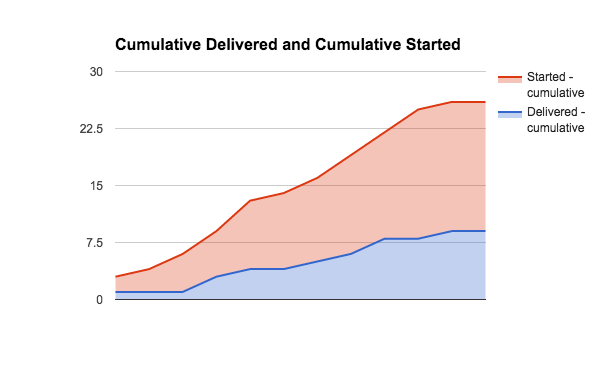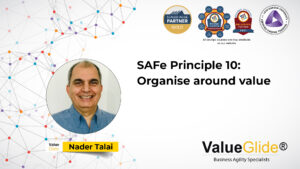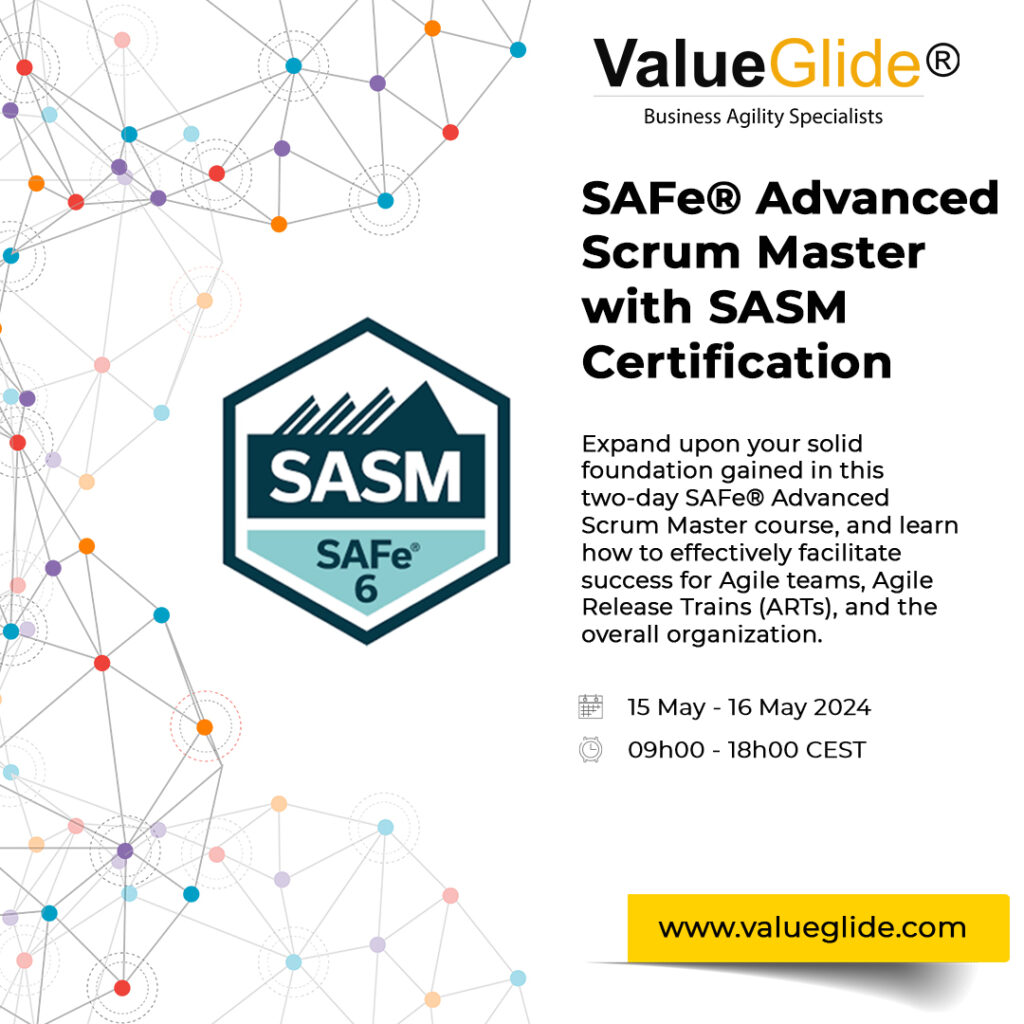Organisations want to improve their business agility and deliver more, but most of the time we start at the wrong place and believe it is about starting more.
“The more you start, the less you finish.”
We ask teams to start more; they come back with their request for additional team members that is required to start the work and deliver it. The investment board asks clarifying questions about who we need, when and after approval we start.
{{cta(‘7e0beb9c-3983-4651-867e-f4b39d157e9b’)}}
Q. What happens when the rate at which we start work is greater than the rate at which we finish work?
A. Waiting times grow.
Capacity is not capability
Adding additional capacity does not lead to our ability to deliver more. We can always start more leading to more work that is in flight and longer time to complete and deliver which causes overburdening of staff and customer complaints.
Dr Eliyahu M. Goldratt captured this in the Theory of Constraints, TOC, where he describes that any system (organisation) has a constraint which defines the capability of the system. The Kanban Method furthers the application of TOC to knowledge work.
Building Bigger Funnels
Adding more people will only lead to bigger funnels, we can start more work that will wait for the weakest link, the constraint before it can be delivered.
Our default mode of operating is to start work as soon as possible!
What should we do?
If you want to deliver more, finish more, focus on finishing and not starting a new work item in the majority of the cases, the fastest way to deliver on a request is not to start it straight away. We want to start work when we have availability to do do it.
Move to a pull-based system
In a pull-based system, work is pulled in when we are available for it as opposed to pushing (starting) more work when a request comes in. One of the simplest ways to build a pull-based system is to only start new work when a previous one is finished resulting in a constant work in progress, CONWIP. To move to a pull-based system, we need visibility of the work that and the major knowledge discovery steps. There are a variety of options for limiting work in progress and deliver better more often without overburdening.
Want to learn more about lean and agile ways of working?
Check out our agility training programmes
Use this free Kanban Mapping guide to help you visualise your work.
{{cta(‘3855d6b4-b18f-4538-8d9c-c5efad72c7e9’)}}












